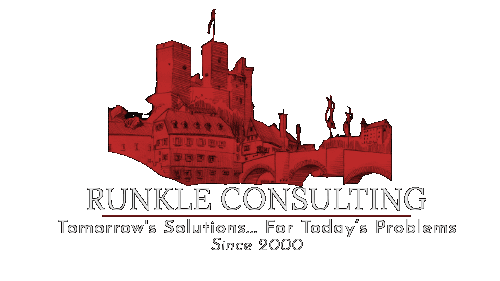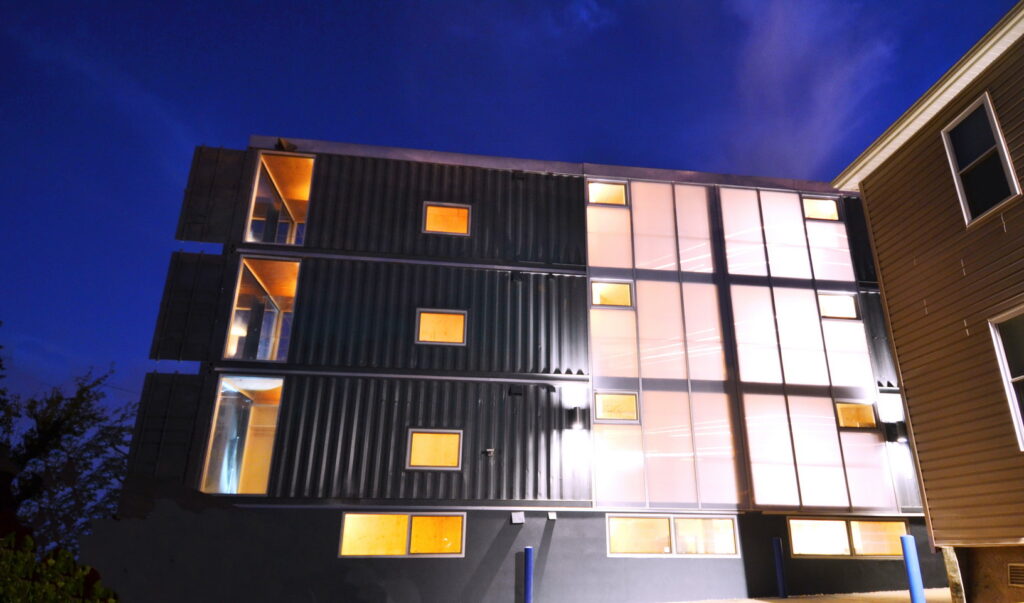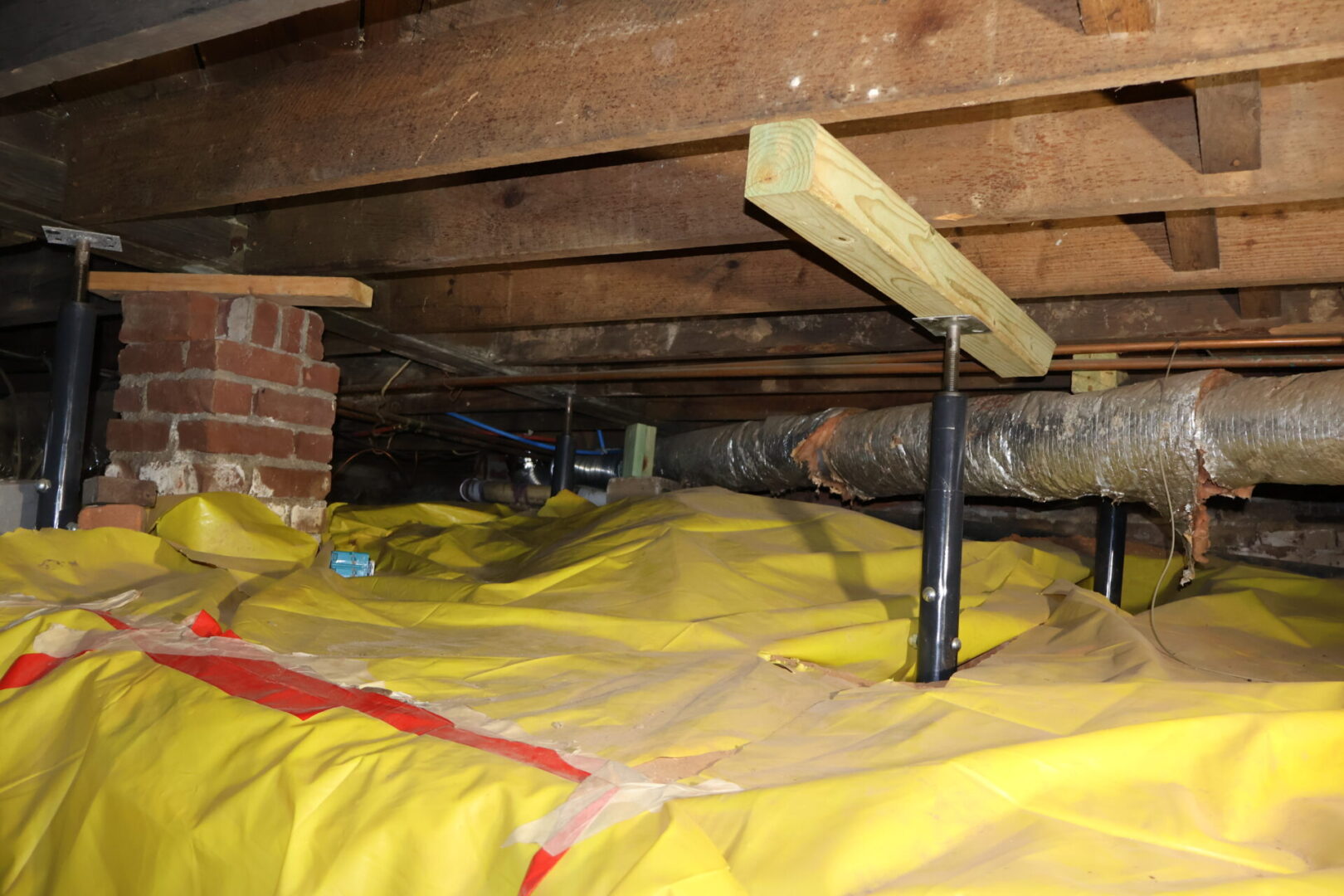By George W. Runkle III, MS, PE, SE Crawl spaces in old houses present unique challenges and considerations for homeowners and renovators alike.
If you’re considering purchasing a very old house, particularly one in the range of 100 years old or more, it’s essential to understand what you might find in the crawl spaces in old houses and, often, the basements. Crawl spaces in old houses often reveal the true condition of a home, and knowing what to look for can save you from costly surprises down the line.
Excavation Issues
One common theme in older homes is the transformation of crawl spaces into basements by excavation. In many cases, the contractor excavated without adding support walls, leaving bare earth walls in place. While this practice might seem harmless, it can pose a significant stability issue if the excavation is too close to the foundations. I’ve seen cases where this has led to a collapse, but generally, instability is rare. If you inspect a crawl space in an old house and it shows no signs of instability, retrofitting with a support wall may not be necessary. However, you should exercise caution, and seek professional advice.
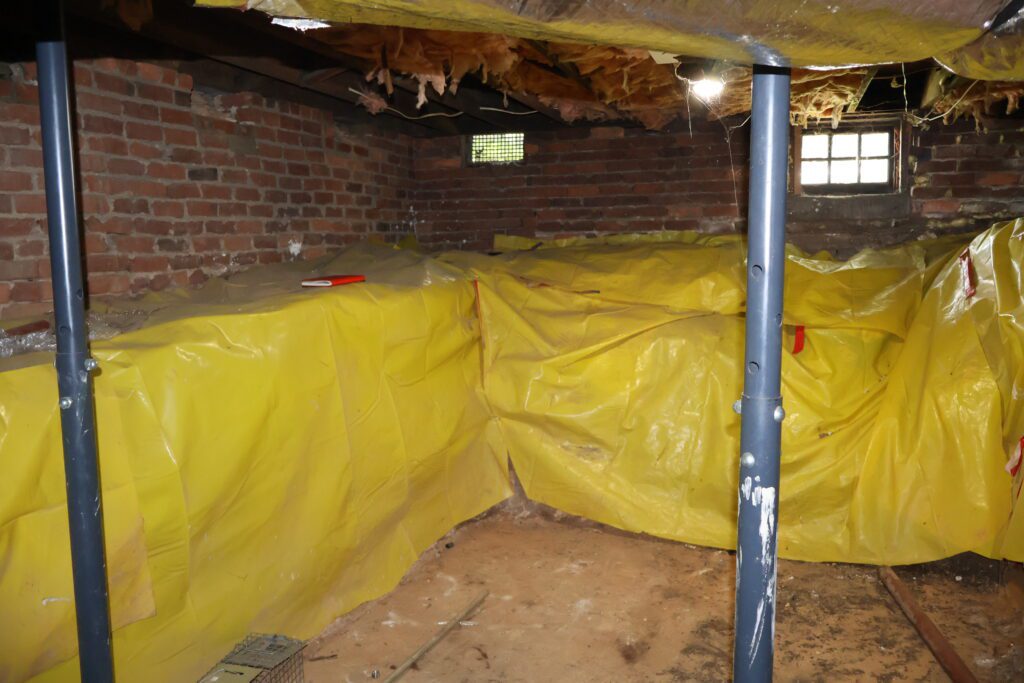
Moisture Damage
Moisture damage is another frequent issue in crawl spaces in old houses. Over the decades, water seepage is almost inevitable, whether from neglected gutters, poorly draining downspouts, or debris obstructing proper drainage. One tell-tale sign of previous moisture problems is efflorescence on the brickwork. This occurs when moisture seeps into the brick, dissolves calcium salts, and brings them to the surface. As the water evaporates, the water leaves behind a white crust. If you notice efflorescence, look for other signs of moisture, such as wet soil or damp walls, and ensure the drainage around the house is functioning properly to protect the crawl spaces.
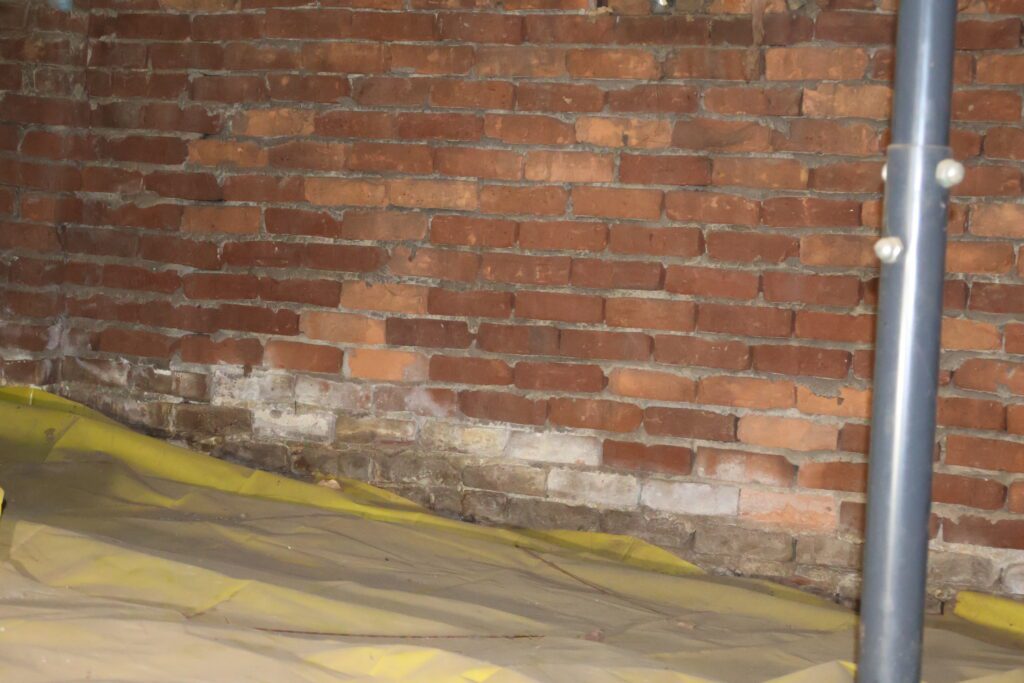
To prevent moisture from accumulating in a crawl space, a moisture barrier is essential. Plastic sheeting laid on the surface can effectively keep soil moisture from evaporating into the space and condensing under the floor. In cases of severe moisture problems, dehumidifiers may be necessary. While some experts recommend encapsulation of the crawl space, I personally find it to be an unnecessary expense. You can control moisture by adding a fan, but some experts disagree on their effectiveness. I believe that a dehumidifier is a more reliable solution for long-term moisture control, which is crucial for preserving the wood structure of the house and preventing insect infestations, especially in older homes.
Floor Framing and Additional Bracing
In homes that are around 100 years old, it’s common to find additional bracing of the floors in the crawl space. Over time, the floor framing loses stiffness due to repeated loading cycles, high moisture levels, and natural aging. This decrease in stiffness, known technically as a reduction in the Modulus of Elasticity, often leads to deflection or bending of the floors. To counteract this, homeowners often add additional supports. Although Building Codes don’t generally allow adjustable columns, you’ll often find adjustable steel posts used to reinforce the floors. In my interpretation of the Code, these are acceptable as long as they aren’t used as the primary support structure. The key is when you put in additional support, you place it securely so that people won’t accidentally knock it out.
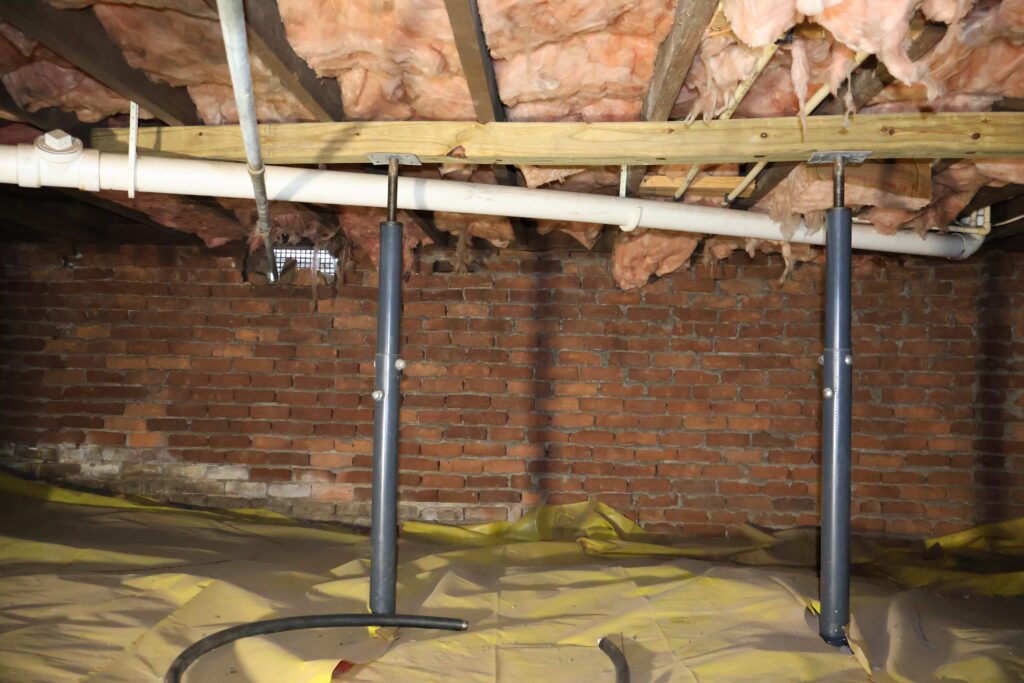
Condition of Brick and Mortar
Another critical issue to watch for is the condition of the brick and mortar in the crawl space. Over time, the mortar used in older masonry can deteriorate. It can get to the point where it becomes little more than fine sand between the bricks. This poses a serious structural issue, and repairs can be both difficult and expensive. If you encounter this problem in crawl spaces of old houses, I generally advise against purchasing the home. The cost of repairs can be prohibitive.
The Importance of a Home Inspection
When buying an old house, particularly one approaching the century mark, a thorough home inspection is vital. Make sure the inspector is familiar with older homes, as they present unique challenges that newer houses do not. To find a home inspector, a good place to start is with the American Society of Home Inspectors. Owning an old house can be rewarding, but it also comes with significant maintenance responsibilities. To make an informed decision, you need to understand the potential costs. Crawl spaces in old houses often can reveal serious issues that have to be remedied.
In conclusion, while old houses can offer charm and character, their crawl spaces often reveal hidden issues. By being aware of these common problems and seeking expert advice, you can ensure that your investment is sound and that you’re prepared for the maintenance ahead.



